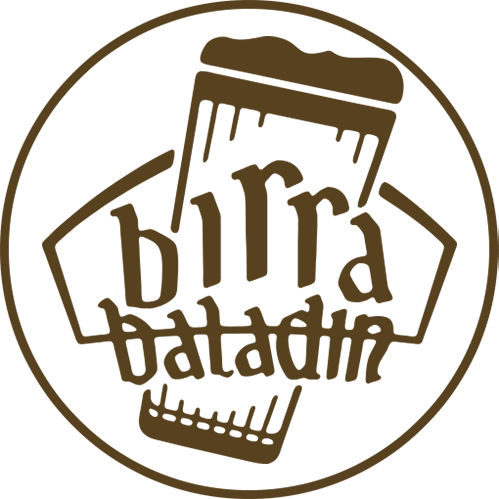Sound Waves
Teo and Duccio Cavalieri meet while working on the Etrusca beer: a unique experiment for Baladin, which decides to use a yeast extracted from the bowel of a hornet found in an area in central Tuscany where Etruscans historically lived. Since then, the master brewer and the scientist begin to have regular contacts. Teo cannot believe that someone is interested in taking a scientific approach to his intuitions. Duccio, a man of science, is happy to start an experimental research on exciting topics.
They begin a long experimentation on the interaction between sound waves and yeast. Until then, research on the physical reactions caused by sound wave had focused mainly on the brain and the sensory organs of animals. This new experiment, instead, tries to understand if sound can have an impact on gene transcription, and the yeast physiology and metabolism during the fermentation process.
Yeast produces hundreds of secondary metabolites which determine the aroma and organoleptic features of a beer. The idea that sound waves - we prefer to call it music - can change the aromatic profile of beer is too exciting an opportunity to pass. We have thus launched a research project at the Department of Biology of the University of Florence, coordinated by professor Cavalieri. The goal of the study is to analyze the differential expression of 6200 yeast genes in the presence of high and low frequency sound waves, and in cells grown in total silence. The outcomes have so far provided astonishing data, showing that these interactions have changed the gene expression of genes linked to the metabolism of sugars in the yeast cells affected by the stimulation.
We are still looking into what this first pilot stage may imply in terms of application to a production process. It will take time before we have any reliable and defining data. The ambition is, one day, to use sound waves to control cell growth and organoleptic - and possibly aromatic - features of beer, to produce new, unique and innovative products.


